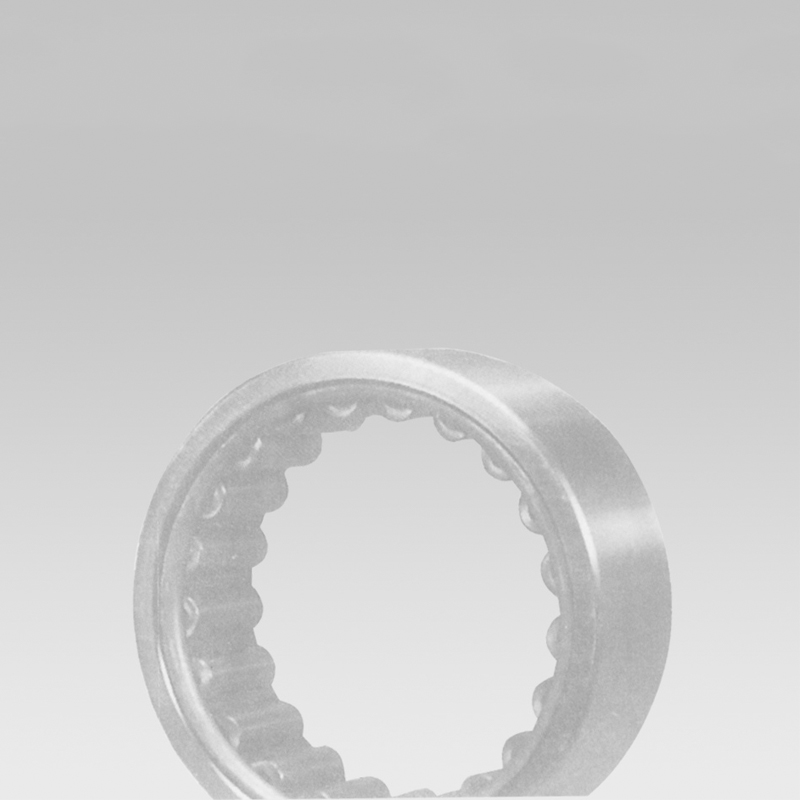
Nov . 08, 2024 15:24 Back to list
cylindrical roller bearing advantages and disadvantages
Advantages and Disadvantages of Cylindrical Roller Bearings
Cylindrical roller bearings are a type of rolling-element bearing that utilizes cylindrical rollers to maintain the separation between the bearing races. These bearings are designed mainly to support radial loads and have become increasingly popular in various industries due to their unique features and performance benefits. However, like any mechanical component, cylindrical roller bearings come with both advantages and disadvantages that should be carefully considered when selecting them for specific applications.
Advantages
1. High Load Capacity One of the primary benefits of cylindrical roller bearings is their ability to support high radial loads. The line contact between the cylindrical rollers and the raceways results in a larger surface area compared to ball bearings, allowing these bearings to handle more weight without deforming.
2. Reduced Friction Cylindrical roller bearings typically exhibit lower friction than sliding bearings. This is due to the rolling motion of the rollers, which minimizes wear and tear over time. As a result, they can enhance the overall efficiency of machinery and contribute to lower energy consumption.
3. Versatile Design These bearings are available in various configurations, including single-row, double-row, and multi-row designs, allowing for flexibility in application. This versatility makes them suitable for a wide range of industries, from automotive to heavy machinery.
4. High Speed Capability Cylindrical roller bearings can operate at high speeds, making them a good choice for applications where speed is essential. Their design allows for minimal heat generation, which contributes to better performance in high-speed scenarios.
5. Easier Installation and Maintenance Compared to other bearing types, cylindrical roller bearings are generally easier to install and maintain. They often require less precise alignment, which simplifies setup processes and can reduce downtime.
cylindrical roller bearing advantages and disadvantages

Disadvantages
1. Limited Axial Load Handling While cylindrical roller bearings excel in supporting radial loads, they are not well-suited for axial loads. If a significant axial load is present, it is often necessary to use supplementary bearings or employ a different bearing type altogether.
2. Sensitivity to Misalignment These bearings can be sensitive to misalignment, which can lead to increased wear and premature failure. Proper installation and alignment are crucial to ensuring their longevity and effectiveness.
3. Higher Cost In general, cylindrical roller bearings can be more expensive than other bearing types, such as ball bearings. The initial investment might be a consideration for companies with tight budgets, particularly in less demanding applications.
4. Maintenance Requirements Although they are easier to maintain, cylindrical roller bearings still require regular maintenance to ensure optimal performance. Proper lubrication, for instance, is essential for preventing friction-related issues and extending the bearing's lifespan.
5. Space Considerations These bearings typically occupy more physical space than ball bearings due to their larger size. In applications where space is limited, this could pose challenges in design and implementation.
Conclusion
Cylindrical roller bearings represent a sound choice for many industrial applications due to their high load capacity, low friction, and versatility. However, their limitations in handling axial loads, sensitivity to misalignment, and associated costs must be taken into account during the selection process. Understanding both the advantages and disadvantages of cylindrical roller bearings will help engineers and designers make informed decisions, ensuring optimal performance and longevity in their specific applications. As technology continues to evolve, ongoing advancements in bearing design and materials may further enhance the performance characteristics of cylindrical roller bearings, making them even more appealing in the future.
Latest news
-
Premium Deep Groove Ball Bearings | High Speed & Reliability
NewsAug.29,2025
-
Durable Scaffolding Clamps - Secure & Reliable Tube Connectors
NewsAug.28,2025
-
Common Failures in Thrust Ball Bearings and Solutions
NewsAug.22,2025
-
How Tapered Roller Bearings Can Take Shock Loads
NewsAug.22,2025
-
Angular Bearings in High-Precision Spindles
NewsAug.22,2025
-
The Impact of Misalignment on Cylindrical Roller Bearing Performance
NewsAug.22,2025
